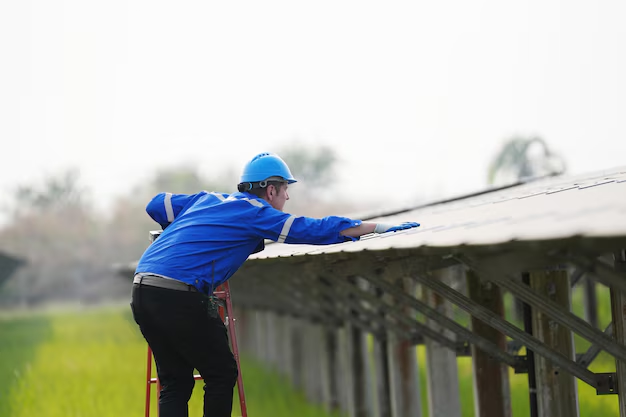What You Need to Know About Homeowner Insurance and Roof Leaks
Unexpected roof leaks can be a homeowner's nightmare, leading to costly repairs and potential damage to your belongings. Understanding whether your homeowner insurance covers these incidents is crucial for financial peace of mind. Below, we dive into the specifics of roof leak coverage and provide additional financial assistance options for those in need.
Is Roof Leak Damage Covered by Homeowner Insurance?
The Short Answer: It depends on the cause of the leak.
Homeowner insurance typically covers sudden and accidental roof damage. This could include leaks caused by a windstorm, hail, or a sudden heavy snow load. However, insurers generally do not cover damage resulting from neglect or lack of maintenance. This means if your roof is leaking due to age, wear and tear, or longstanding issues that were left unaddressed, you might be on the hook for repairs yourself.
What to Do if You Suspect a Roof Leak
Inspect and Document: Check for visible signs of damage, such as water stains or missing shingles. Take photos and notes for your records.
Contact Your Insurer: Reach out to your insurance company promptly to report the damage. They'll guide you on whether your policy covers the incident.
Prevent Further Damage: With the insurer’s consent, take immediate steps to prevent additional damage, like covering the roof with a tarp.
Understanding Policy Details
Insurance policies often have specific provisions and exclusions. Here are key factors to consider:
Perils Covered: Review your policy to understand the perils covered. Weather events like windstorms might be included, but floods or earthquakes typically require separate coverage.
Deductible: Be aware of your deductible amount, which is what you’ll pay out of pocket before insurance kicks in.
Maintenance Clause: Check if your policy includes a maintenance clause, which generally excludes coverage for preventable damage due to improper upkeep.
When Insurance Is Not Enough
Sometimes, insurance may not cover all expenses, or your claim might be denied. In these cases, exploring additional options for financial relief or assistance can be beneficial.
Government Aid and Financial Assistance
FEMA Assistance: After major disasters, Federal Emergency Management Agency (FEMA) aid can help with temporary housing and repairs.
Local Aid Programs: Many states and municipalities offer assistance for repairs due to storms or other disasters. Checking with local government offices can uncover further opportunities.
Home Repair Loans: Low-interest loans might be available through organizations like the Department of Housing and Urban Development (HUD).
Other Financial Solutions
Credit Card Options: Consider credit cards with 0% APR initial periods for covering immediate repair costs without interest.
Personal Loans: These can be an option for larger, unexpected expenses and often come with fixed interest rates.
Debt Relief Programs: If you're struggling financially, explore services that can help consolidate or alleviate debts, making room in your budget for necessary repairs.
Additional Resources 🌟
🏠 Home Equity Loans: A good option if significant costs arise and equity is available in your property.
📈 Weatherization Assistance Programs: Government-funded initiatives to improve energy efficiency and prevent future damage.
🧰 Nonprofit Housing Assistance: Various nonprofits may offer grants or low-interest loans for critical repairs based on income eligibility.
💡 Educational Grants: Programs offering educational resources or even training for DIY repairs for simple issues.
Staying informed about your policy and exploring available resources ensures you're prepared for any coverage gaps and can manage your home effectively.
